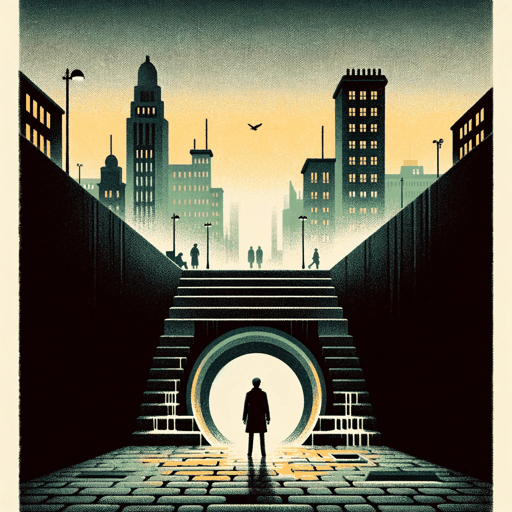28 pages • 56 minutes read
Richard WrightThe Man Who Was Almost a Man
Fiction | Short Story | Adult | Published in 1940A modern alternative to SparkNotes and CliffsNotes, SuperSummary offers high-quality Study Guides with detailed chapter summaries and analysis of major themes, characters, and more.
Story Analysis
Analysis: “The Man Who Was Almost a Man”
The story explores the young protagonist’s quest for an identity amid Classism, Racism, and Economic Oppression. Richard Wright begins exploring this theme through the story’s structure. The narration alternates between the third person, representing the authorial voice, and the first person, which conveys the protagonist’s perspective. The vernacular used by the main character provides him with a distinct and authentic voice that contrasts the author’s more neutral tone, as well as with Hawkins’s more proper diction. The sharp difference between different characters’ speech patterns establishes the classist and racist social hierarchy of the Jim Crow South.
The text immediately establishes Dave’s internal crisis: Reaching adulthood, he desperately wants to claim his masculinity. This quest is symbolized by his obsession with the gun, a symbol of power, masculinity, and violence. Dave believes that owning a gun will earn him respect among other men, and his desire reveals the social environment he inhabits. The setting of an early-20th-century rural southern community encapsulates the myriad external forces that control and impact Dave, like poverty, racial segregation, and white supremacy.
Related Titles
By Richard Wright

Big Black Good Man
Richard Wright

Big Boy Leaves Home
Richard Wright

Black Boy
Richard Wright

Bright and Morning Star
Richard Wright

Native Son
Richard Wright

The Man Who Lived Underground
Richard Wright

Uncle Tom's Children
Richard Wright

